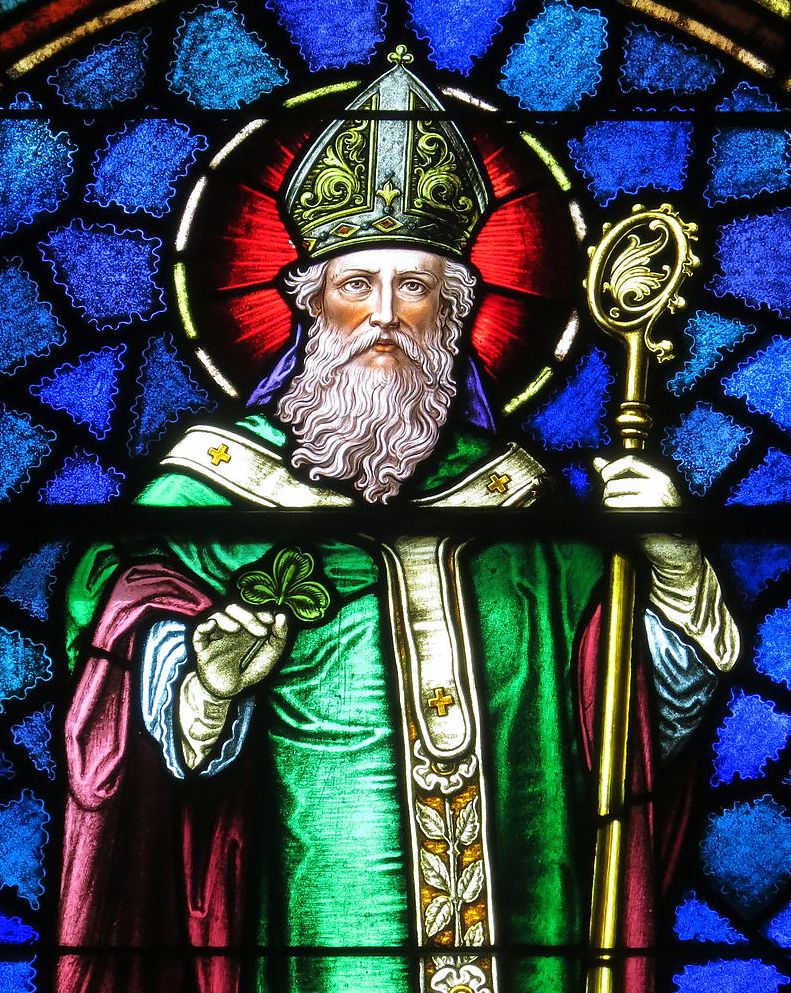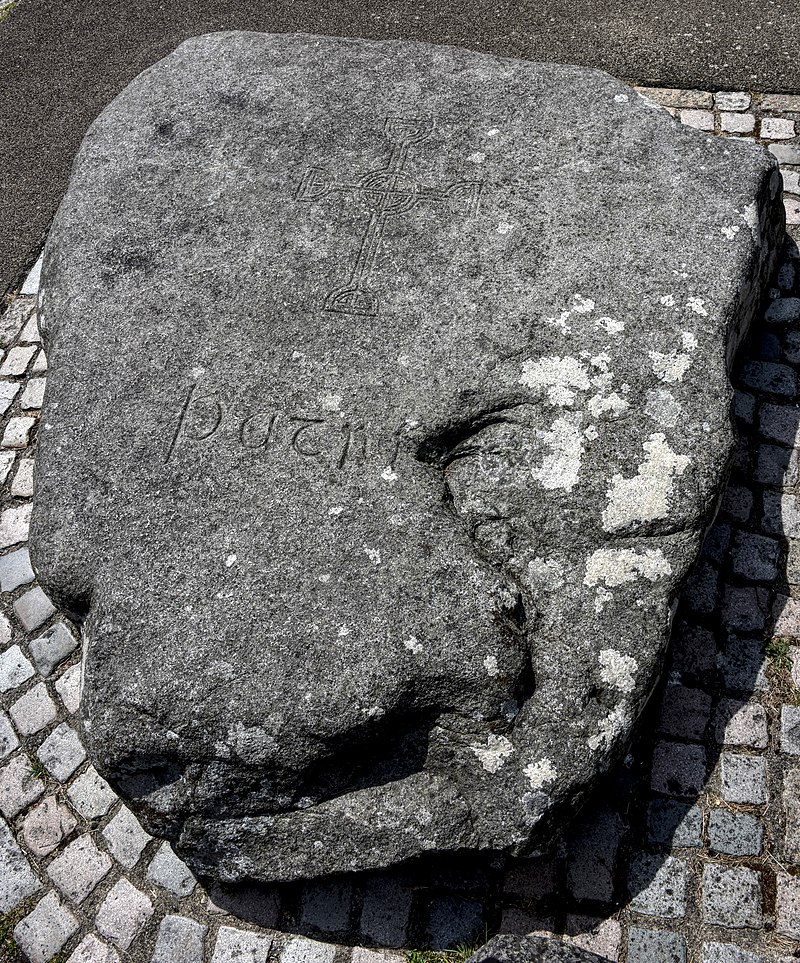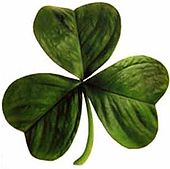
Saint Patrick (c. 385 – c. 461) was a 4th-century Romano-British Christian missionary and bishop in Ireland. It is believed that Patrick was born in Roman Britain, into a wealthy Romano-British family. His father was a deacon and his grandfather was a priest in the Christian church. According to the Declaration, at the age of sixteen, he was kidnapped by Irish raiders and taken as a slave to Gaelic Ireland. He spent six years there working as a shepherd and during his time there, he "found God". The Declaration says that God told Patrick to flee to the coast, where a ship would be waiting to take him home. After making his way home, Patrick went on to become a priest.
It is believed that after returning to Ireland, Patrick converted the pagan Irish to Christianity. The Declaration says that he spent many years evangelising in the northern half of Ireland and converted "thousands".
Tradition holds that Patrick died on 17 March, 461 and was buried at Downpatrick. Over the following centuries, many legends grew up around Patrick and he became Ireland's foremost saint.

A stone marking the burial place of St. Patrick, in the churchyard of Down Cathedral. (Source: Wikipedia)
Saint Patrick's Day, also known as the Feast of Saint, is a cultural and religious celebration held on 17 March each year. This day is the traditional death date of Saint Patrick, the patron saint of Ireland.
Saint Patrick's Day was made an official Christian feast day in the early 17th century and is observed by the Catholic Church, the Anglican Communion - especially the Church of Ireland, the Eastern Orthodox Church, and the Lutheran Church. The day commemorates Saint Patrick and the arrival of Christianity in Ireland.
Saint Patrick's Day is a public holiday in the Republic of Ireland and Northern Ireland. The holiday has evolved into a celebration of Irish culture with parades, special foods, music, dancing, drinking and a whole lot of green. It is also widely celebrated in the United Kingdom, Canada, United States, Brazil, Argentina, Australia and New Zealand, especially amongst Irish diaspora.
On Saint Patrick's Day, it is customary to wear shamrocks, green clothing or green accessories. Saint Patrick is said to have used the shamrock, a three-leaved plant, to explain the Holy Trinity to the pagan Irish. This story first appears in writing in 1726, though it may be older.

Holy Trinity - shamrock, a three-leaved plant (Source: Wikipedia)
People in Ireland have been observing the Roman Catholic feast day of St. Patrick on March 17 since around the ninth or tenth century. The first St. Patrick’s Day parade took place not in Ireland but in America. Records show that a St. Patrick’s Day parade was held on March 17, 1601 in a Spanish colony in what is now St. Augustine, Florida.
Every year on March 17, the United States becomes an emerald country for a day. Americans wear green clothes and quaff green beer. Green milkshakes, bagels and grits appear on menus. Revelers from coast to coast celebrate all things Irish by hoisting pints of Guinness and cheering bagpipers, step dancers and marching bands parading through city streets.
Corned beef and cabbage, the meal that became a St. Patrick’s Day staple across the country was also an American innovation. While ham and cabbage were eaten in Ireland, corned beef offered a cheaper substitute for impoverished immigrants.
As Irish immigrants spread out over the United States, other cities developed their own traditions - one of these traditions is Chicago’s annual dyeing of the Chicago River green. The practice started in 1962, when city pollution-control workers used dyes to trace illegal sewage discharges and realized that the green dye might provide a unique way to celebrate the holiday. That year, they released 100 pounds of green vegetable dye into the river–enough to keep it green for a week. Today, in order to minimize environmental damage, only 40 pounds of dye are used, and the river turns green for only several hours.
Today, people of all backgrounds celebrate St. Patrick’s Day, especially throughout the United States, Canada and Australia.
![]()
Neera Sahni, Research Services Leader, Parramatta Heritage Centre, City of Parramatta 2021
References:
Halsall, P. Internet Medieval Sources. Fordham University. Retrieved from “Saints' Lives" on 16/03/2021
Kevin Meethan; Alison Anderson; Steven Miles, eds. (2006). Tourism, Consumption & Representation
https://en.wikipedia.org/wiki/Saint_Patrick
https://en.wikipedia.org/wiki/Saint_Patrick's_Day
https://www.history.com/topics/st-patricks-day/history-of-st-patricks-day
“Saints by Cause" Retrieved on 16/03/2021.


